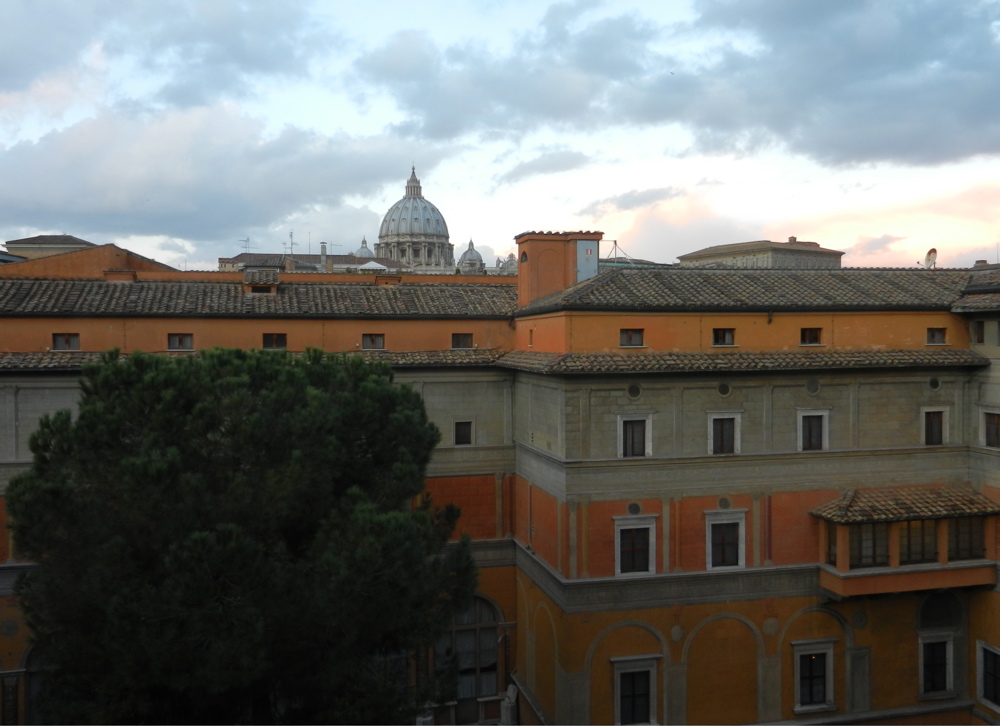The following story originally appeared on Link TV’s Global Post Blog in 2009 during my stint as the station’s series blogger.
I am remembering a talk I had with Danuta Pawlowska, the Polish grandmother of a good friend of mine, in her Warsaw apartment several years ago. A member of the Warsaw resistance during the Nazi occupation, Danuta was closely monitored after the communists took over in the mid-1940s.
She recalled a long gossip-filled phone conversation with a close friend. Two hours into the conversation, a booming male voice suddenly burst through the receiver. “Would you just shut up already?” the man groaned. “How much more of this must I listen to?!”
I had laughed at the time. For a young American with roots in Warsaw, the idea of a government agent listening to a banal chat with a friend was amusing – something fit for a dime store spy thriller.
This disconnect is also apparent in present-day Warsaw. In the city’s meticulously reconstructed Old Town, foreign tourists swarm on souvenir shops to purchase T-shirts and shot glasses, and bursts of bad American pop music filter out of the same fashion chain stores that line Paris’ Rue de Rennes or Copenhagen’s Strøget. The stylish, boisterous students crowding the bars and cafes have no memory of life in pre-1989 Warsaw.
Yet, if you venture outside of the city center, the medieval architecture gives way to monotonous tenements the color of diesel exhaust. Passing by some of these buildings at dusk is an unnerving, somewhat melancholy experience, and I’ll admit that I glanced over my shoulder more than once. For Danuta and millions of others, that reality was life.
Continue Reading











